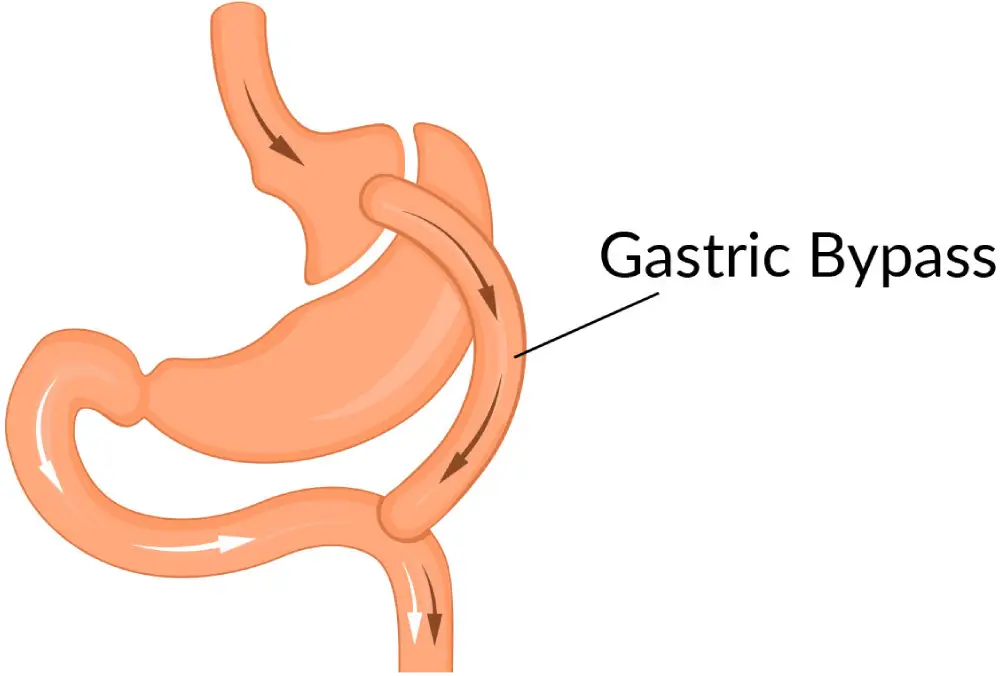Roux-en-Y Gastric Bypass Surgery
Home -> Roux-en-Y Gastric Bypass Surgery

- Laparoscopic Sleeve Gastrectomy
- Roux-en-Y Gastric Bypass Surgery
- Mini Gastric Bypass
- Endoscopic Sleeve Gastroplasty
- Single Anastomosis Duodenal Switch
- Duodenal Switch
- Revisions Surgeries
Overview
Roux-en-Y Gastric Bypass (RYGB) is one of the most commonly performed weight-loss surgeries, primarily designed for individuals with severe obesity or obesity-related health issues.
It is a combined restrictive and malabsorptive procedure, meaning it limits food intake and reduces the absorption of nutrients.
How Does It Work?
Stomach Reduction:
The surgeon creates a small pouch at the top of the stomach using surgical staples, drastically reducing its size. This pouch can hold only a small amount of food, which helps limit caloric intake.
Bypassing a Portion of the Digestive System:
The small intestine is divided, and one part (the “Roux limb”) is connected to the newly created stomach pouch.
Reconnection:
The bypassed section of the small intestine is reattached further down to allow digestive juices to mix with food, ensuring partial nutrient absorption.
Benefits:
- Significant long-term weight loss (60–80% of excess weight).
- Improvement or resolution of obesity-related conditions like type 2 diabetes, hypertension, sleep apnea, and heart disease.
- A decrease in hunger hormones, contributing to reduced appetite.
Risks and Considerations:
Potential for nutrient deficiencies (e.g., iron, calcium, vitamin B12).
- Dumping syndrome, where food moves too quickly from the stomach pouch into the small intestine, causing nausea and discomfort.
- Surgical risks like infection or blood clots.
